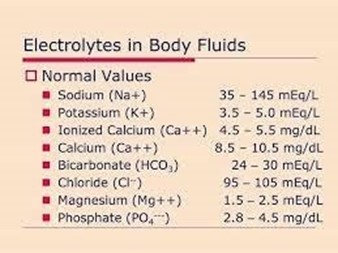Which information should the practical nurse (PN) collect during the admission assessment of a terminally ill client to an acute care facility?
Health care proxy documentation.
Name of funeral home to contact.
Client's wishes regarding organ donation.
Contact information for the client's next of kin.
The Correct Answer is A
- A terminally ill client is a client who has a progressive and incurable disease or condition that is expected to result in death within a short period of time, such as months or weeks. A terminally ill client may require palliative care, which is the care that focuses on relieving pain and suffering and improving the quality of life for the client and their family.
- An admission assessment is the process of collecting information about a client's health status, needs, preferences, and goals when they are admitted to a health care facility, such as a hospital, nursing home, or hospice. An admission assessment helps to establish a baseline for the client's condition, plan and implement appropriate interventions, and evaluate the outcomes of care.
- A health care proxy is a legal document that allows a client to appoint another person, such as a family member or a friend, to make health care decisions for them if they become unable to do so themselves. A health care proxy may also include specific instructions or preferences about the type and extent of care that the client wishes to receive or refuse, such as life-sustaining treatments, resuscitation, or organ donation.
- Health care proxy documentation is important information that the practical nurse (PN) should collect during the admission assessment of a terminally ill client to an acute care facility, as it reflects the client's autonomy, dignity, and wishes regarding their end-of-life care. It also helps to ensure that the client's healthcare decisions are respected and followed by the healthcare team and the facility.
- Therefore, option A is the correct answer, while options B, C, and D are incorrect.
Nursing Test Bank
Naxlex Comprehensive Predictor Exams
Related Questions
Correct Answer is ["A","B","C","F","G"]
Explanation
Based on the given information, the statements that indicate the client's confusion is resolving are:
- Asks how long he has been in the hospital: This shows cognitive awareness and the ability to ask relevant and coherent questions.
- States he is hungry: This indicates a return to normal appetite and the ability to recognize and express basic needs.
- Recognizes his daughter: This demonstrates the ability to recognize and identify a familiar individual, suggesting an improved level of cognitive functioning.
- Oriented to time, place, and self: Being aware of the current time, location, and personal identity reflects an improved level of orientation and mental clarity.
-
The statement "Drinking broth" does reflect the client's willingness and ability to consume food.
The following statements suggest ongoing confusion or potential issues:
- Clawing at the air: This behavior may indicate restlessness, agitation, or disorientation.
- Keeps trying to get out of bed to find the swimming pool: This behavior may indicate confusion or an altered perception of reality.
The statement "Oxygen saturation on 0.5L of 100%" provides information about the client's oxygen saturation level but does not specifically address the resolution of confusion.
Correct Answer is C
Explanation
When a client reports experiencing numbness and tingling in the extremities, it is crucial for the practical nurse (PN) to prioritize reporting the client's electrolyte levels to the healthcare provider. Electrolytes are essential minerals that help maintain the balance of fluids in the body and enable proper nerve and muscle function. Imbalances in electrolyte levels can lead to neurological symptoms, including numbness and tingling.
Options a, b, and d are not the correct priorities to report in this situation:

Whether you are a student looking to ace your exams or a practicing nurse seeking to enhance your expertise , our nursing education contents will empower you with the confidence and competence to make a difference in the lives of patients and become a respected leader in the healthcare field.
Visit Naxlex, invest in your future and unlock endless possibilities with our unparalleled nursing education contents today
Report Wrong Answer on the Current Question
Do you disagree with the answer? If yes, what is your expected answer? Explain.
Kindly be descriptive with the issue you are facing.
